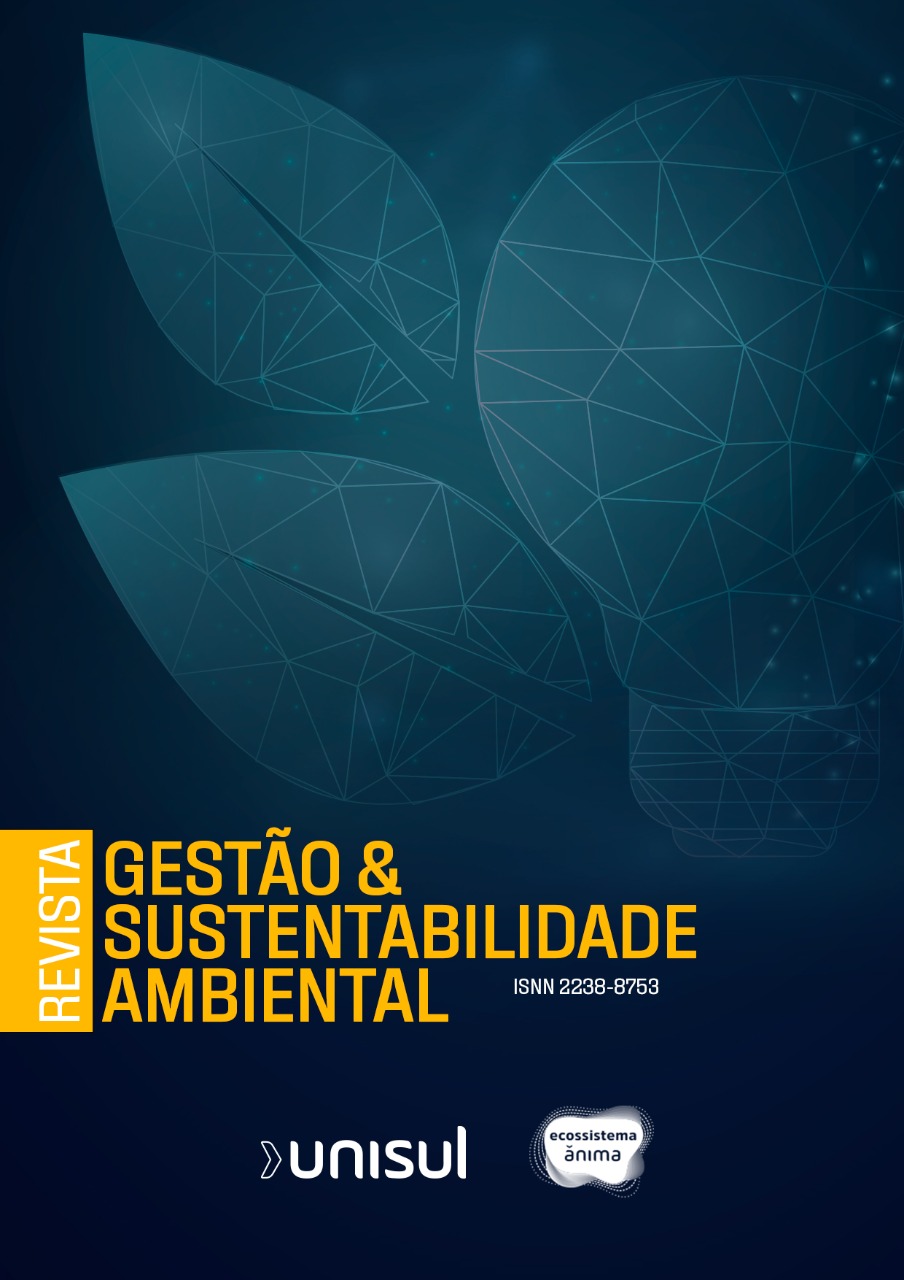QUALITY OF HUMAN CONSUMPTION UNDERGROUND WATERS IN RURAL COMMUNITIES IN THE NORTHWEST OF RIO GRANDE DO SUL
DOI:
https://doi.org/10.59306/rgsa.v11e1202272-92Keywords:
Artesian wells, Water framework, Total coliforms, Escherichia coli, NitrateAbstract
Most sanitation companies in the country restrict their services to the urban area, requiring the search for decentralized sources for water supply in the countryside. For this reason, this study aimed to analyze the quality of groundwater for human consumption in two rural communities in the northwest of Rio Grande do Sul. The study was carried out in five campaigns of water collection and laboratory analysis, from February to June 2020, in different weather conditions, as follows: from February to April, collections without interference from rain in the last 10 days; May and June collections after the rainy season. The parameters analyzed were: apparent color, total dissolved solids, turbidity, temperature, pH, electrical conductivity, hardness, nitrate, total coliforms and Escherichia coli, whose values were compared with Annex XX of PRC nº 5, from the Ministry of Health. The conditions of land use around the wells were also analyzed. Based on the results of the physical-chemical analyzes, the classification of groundwater was carried out according to CONAMA resolution nº 396/2.008. Thus, it was found that the highest risk parameters showed average concentrations above the guiding values in both wells, such as nitrate (> 10 mg L-1), total coliforms and Escherichia coli. (102
to 103 NMP 100 mL-1), resulting in the classification of groundwater in class 4. The other parameters analyzed were in accordance with the values established in PRC nº 5. It was also found that the results of the analyzed parameters are related direct with the climatic conditions in the days before the collections, as well as with the characteristics of the place around the wells, due to the proximity of homes, crops and animal management. However, to improve water quality, it is recommended to restrict the management of animals close to the wells and to distance the planting areas, and suggests the implementation of activated carbon filters and / or nanofiltration, as well as a water disinfection system.
Downloads
Published
Issue
Section
License

O trabalho Revista Gestão & Sustentabilidade Ambiental foi licenciado com uma Licença Creative Commons - Atribuição - NãoComercial - CompartilhaIgual 3.0 Brasil.
Com base no trabalho disponível em www.portaldeperiodicos.unisul.br.








